Summary
- Southwest Airlines is shifting to assigned seating due to 80% customer preference and to reduce check-in stress.
- Some loyal customers are unhappy with the change, but price and convenience might outweigh seating preferences.
- In addition to assigned seating, Southwest will offer premium seating options with extended legroom on flights.
Southwest Airlines, known for its unique open-seating model, is making a big change. Passengers will now be assigned seats by the airline, aligning it with conventional airlines. The airline says that this change is a reaction to consumer demand.
The old era
For over five decades, Southwest’s open-seating policy has been a defining feature. In this model, passengers received a boarding group (A, B, or C) and a position number (1-60) based on their check-in time. Passengers then lined up in numerical order and chose any available seat once onboard. However, recent surveys show that times are changing: According to the company, about 80% of customers now prefer assigned seating, especially for longer flights. This prompted the airline to rethink its boarding strategy.
When asked for specifics on the new seating arrangements, a Southwest spokesperson told Simple Flying:
“Nothing that specific from us right now. As our release indicates, more to come at Investor Day in September.”
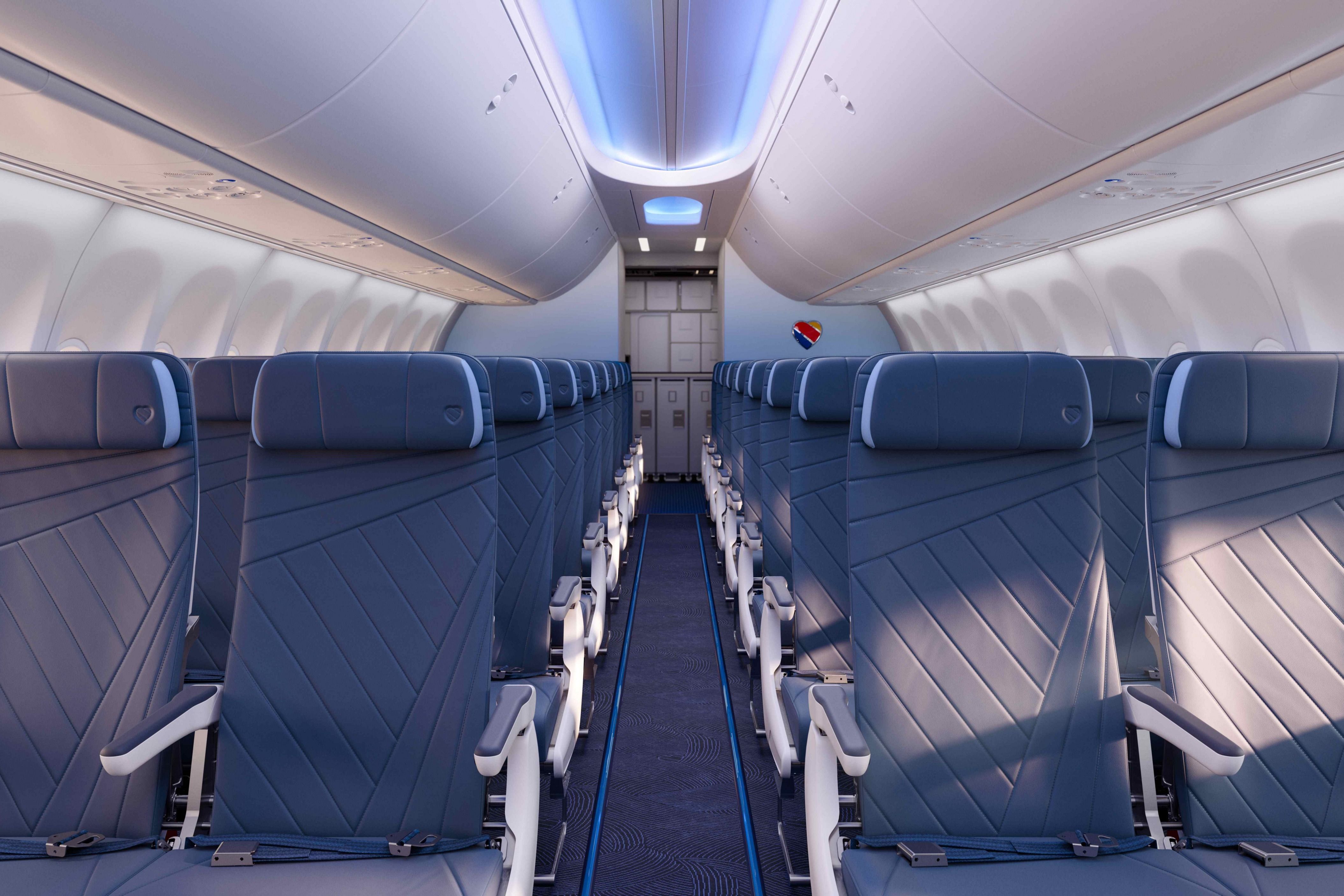
Related
Why Has Southwest Airlines Persisted With Unallocated Seating?
What’s in it for the US-based carrier?
One significant stress point that Southwest Airlines aims to eliminate with the new assigned seating policy is the pressure to check in exactly at the 24-hour mark before a flight. Under the current open-seating system, passengers need to check in as soon as the check-in window opens to get a good boarding position. This boarding position is crucial because it determines the order in which passengers board the plane and choose their seats. Missing this window, even by a few minutes, often results in less desirable seat choices, causing anxiety and inconvenience for many travelers.
Ryan Green, the executive vice president for commercial transformation, explained during the company’s second-quarter earnings call:
“If you’re a busy family and you don’t hit the window right on the nose, that causes anxiety. This is a way to solve a lot of those friction points in the current open seating process.”
Photo: Vincenzo Pace | Simple Flying
Customer reactions: “Terrible decision”
This isn’t Southwest’s first venture into the world of assigned seating. Back in 2006, the airline tested the idea on 200 flights out of San Diego and then again in San Antonio. At the time, Southwest CEO Gary Kelly noted that customers made their preferences clear: they preferred open seating.
The airline’s decision faced some criticism on social media platform “X” (formerly known as Twitter). Disappointed customers called it a “terrible decision,” with some claiming that the company is losing their loyalty. “Awful, awful decision. Southwest has been my airline preference my whole life because of the open seating.” A person tweeted.
In response, Southwest’s social media team replied to the comments, “We’re sorry to hear you’re disappointed with our decision to assign seats. We know that assigned seating is not preferable for every Customer, and we will make your feedback available to our Senior Leaders.”
A comment under Simply Flying’s reporting on the policy change said:
Travel expert and Going.com spokesperson Katy Nastro told Simple Flying that price (and convenience to some degree) will be the deciding factor.
“Southwest loyalists are demonstrating just that on social media, but the company is making changes more so to appease investors, not their frequent flyers. If Southwest can offer competitive pricing and an option to stretch out, loyalists won’t stay away.”
Nastro added that the overwhelmingly high response favoring assigned seating is likely due to the challenges people face with open seating. She highlighted that reports of passengers saving seats for family and friends or requesting wheelchair services for priority boarding demonstrate the downsides of the open seating policy and why some choose not to fly Southwest in the first place. Additionally, with more people traveling than ever before, turnaround time is affected, especially if carry-on bags need to be checked. Southwest is betting that their flyers will embrace assigned seating, even if old habits die hard.
What about the Rapid Rewards program?
Other airlines often allow passengers to use award points to redeem assigned seats, offering flexibility and added value to frequent flyers. This feature was absent in Southwest Airlines’ open seating policy, where passengers couldn’t use their points to secure specific seats in advance. With the shift to assigned seating, there is speculation about how Southwest will adapt its Rapid Rewards program to accommodate this change.
Southwest Airlines’ spokesperson didn’t provide details on the potential impacts or changes. However, travel expert Katy Nastro noted that there will likely be some benefits integrated into their co-branded credit cards, similar to how they currently offer a set number of boarding position upgrades per year for cardholders. While it’s still early to determine the exact effects on seat redemption, the move could align Southwest more closely with industry practices, enhancing the appeal of their rewards program.
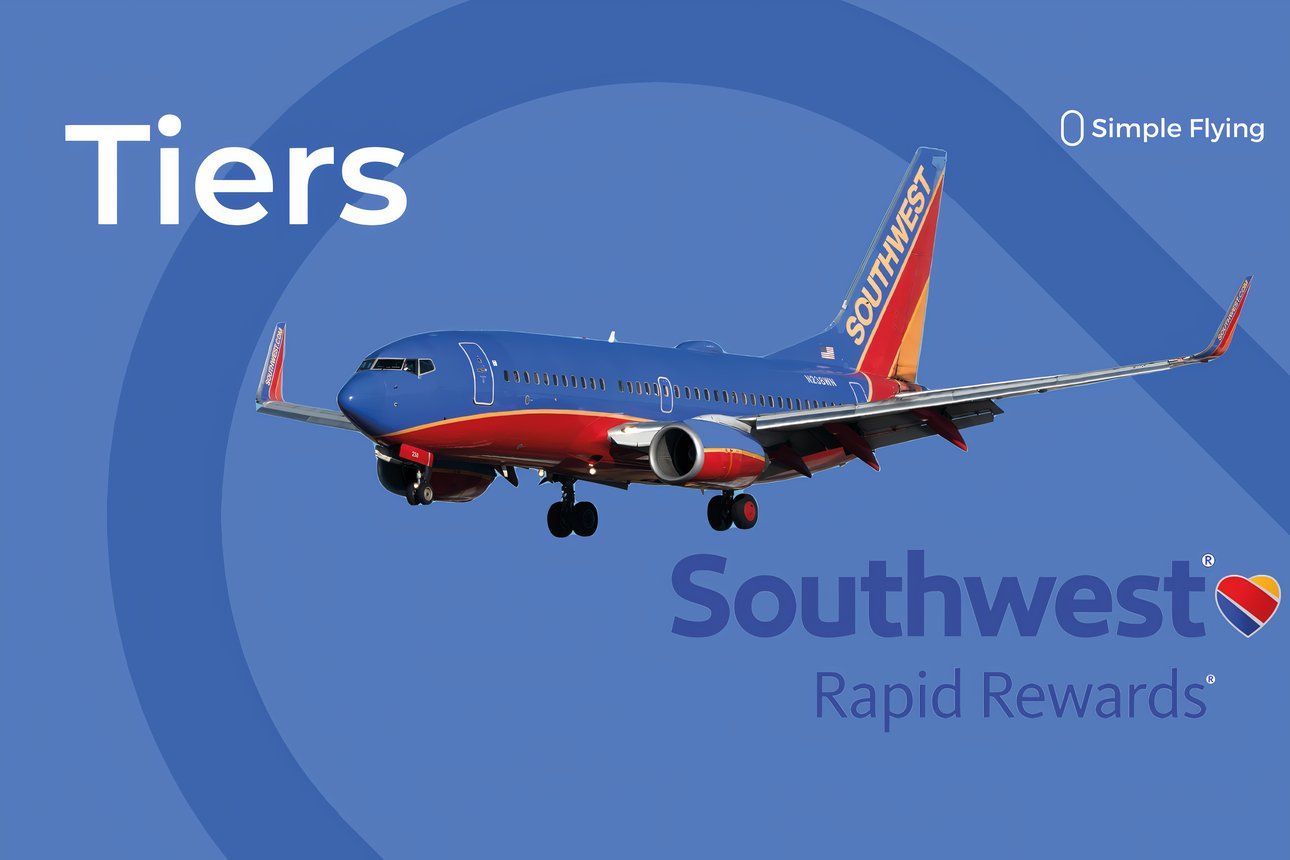
Related
The Different Tiers Of Southwest Airlines’ Rapid Rewards Program
Southwest Airlines has a simple elite system, but with some benefits in mileage bonuses and onboard savings
Premium seating options
In Addition, Southwest Airlines is rolling out premium seating options with extended legroom for those who like a bit more space. Approximately one-third of the seats on each flight will offer extra legroom, bringing Southwest in line with what competitors offer.
Southwest Airlines is introducing premium seating options with extra legroom for passengers who desire a bit more space. Around one-third of the seats on each flight will feature this added legroom, aligning Southwest with industry standards, though the basic seating will remain the same.
Photo: Joni Hanebutt | Shutterstock
Bob Jordan, Southwest’s president and CEO, explained:
“It’ll be different from the rest of the cabin, but it won’t involve a separate seat, a curtain, or premium meals and amenities. We’ll do this the ‘Southwest way.’”
Southwest has done its homework, running over eight million simulation-based boarding trials to ensure the switch to assigned seating won’t slow things down. The airline is confident that the new system will maintain or even improve boarding times.
“This is the right choice at the right time for our customers, our people, and our shareholders,” said Jordan. The move to assigned seating aims to enhance customer satisfaction, streamline operations, and boost revenue.
This new seating policy is part of a broader plan to improve the passenger experience. Southwest is also redesigning its cabin layout to accommodate these changes. However, this new layout will need approval from the Federal Aviation Administration (FAA), with bookings for flights featuring the new layout expected to be available in 2025.
Photo: Lowe Llaguno | Shutterstock
Southwest also plans to introduce overnight flights starting in February 2025. These red-eye flights will likely operate on the following routes:
- Los Angeles to Baltimore
- Los Angeles to Nashville
- Las Vegas to Baltimore
- Las Vegas to Orlando
These flights are anticipated to bring in more revenue and cut costs, according to the company.

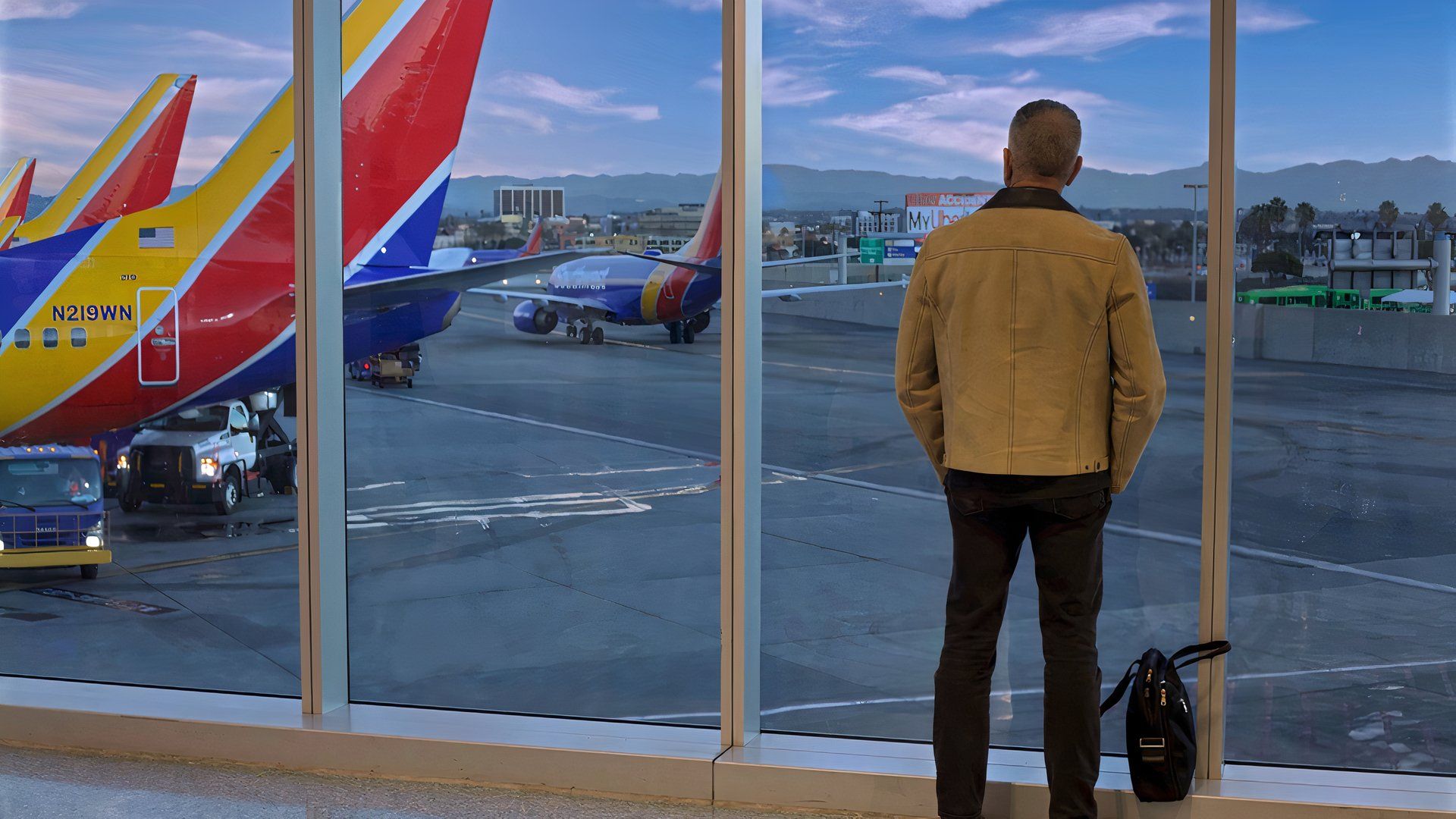
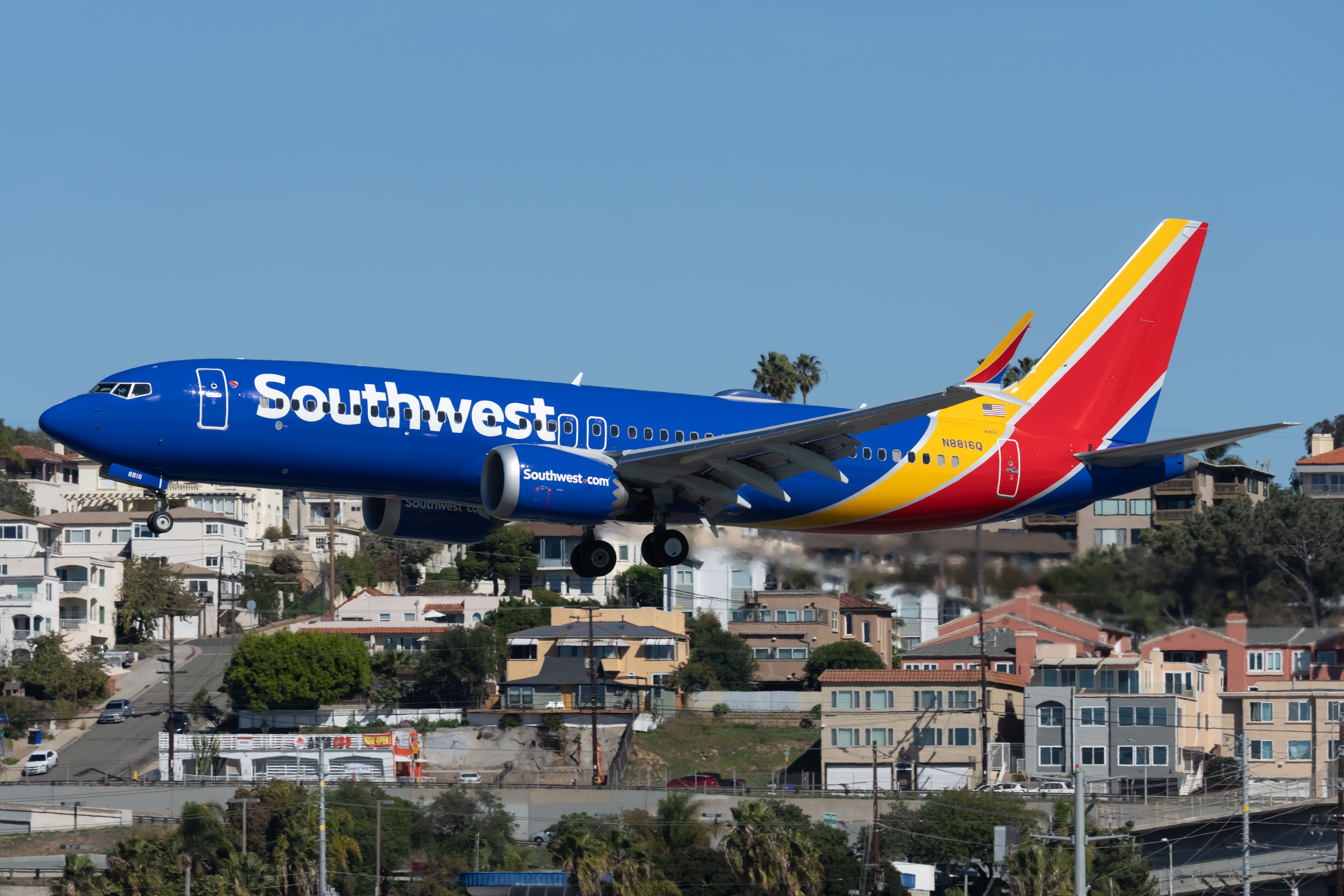
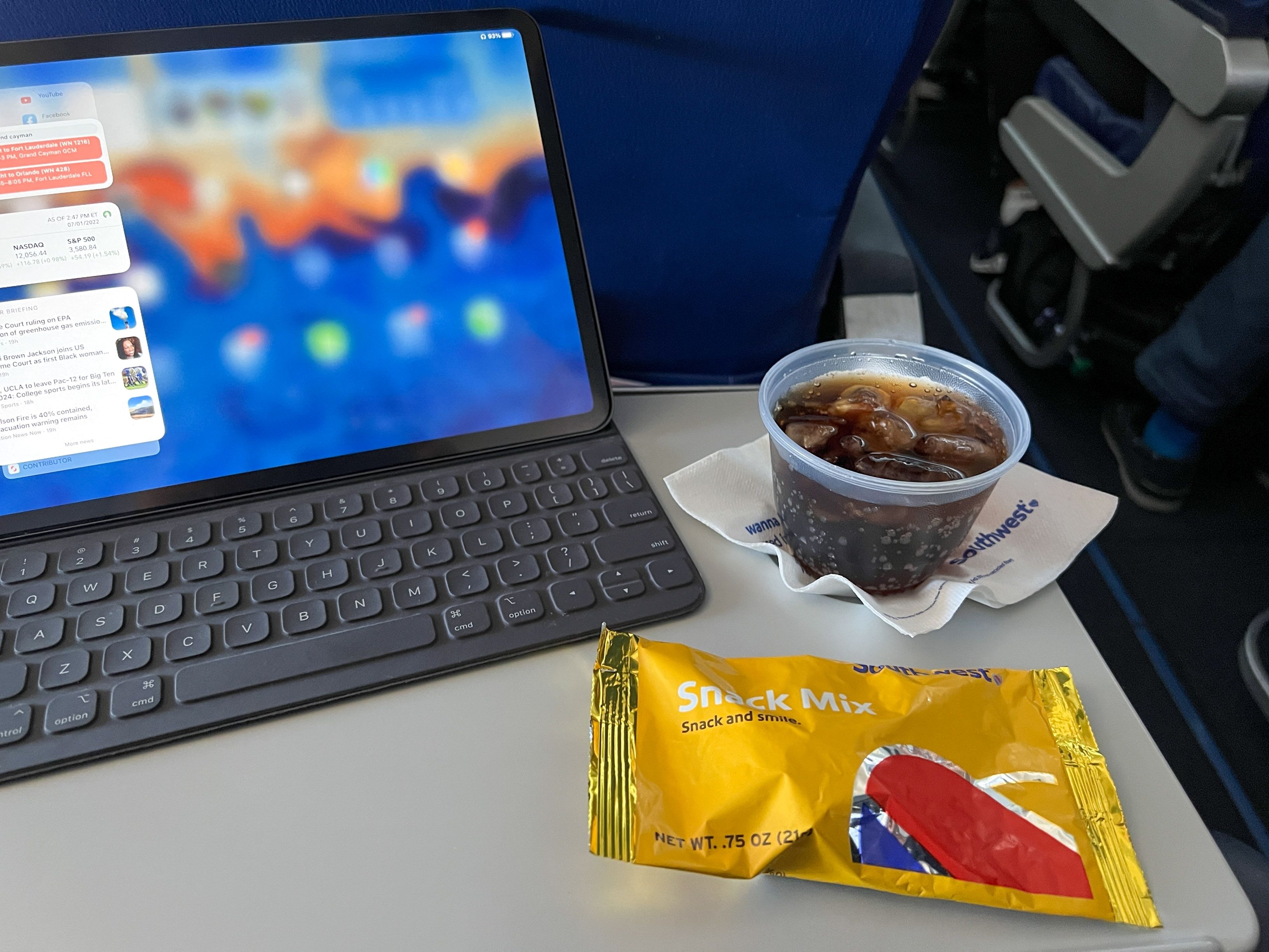
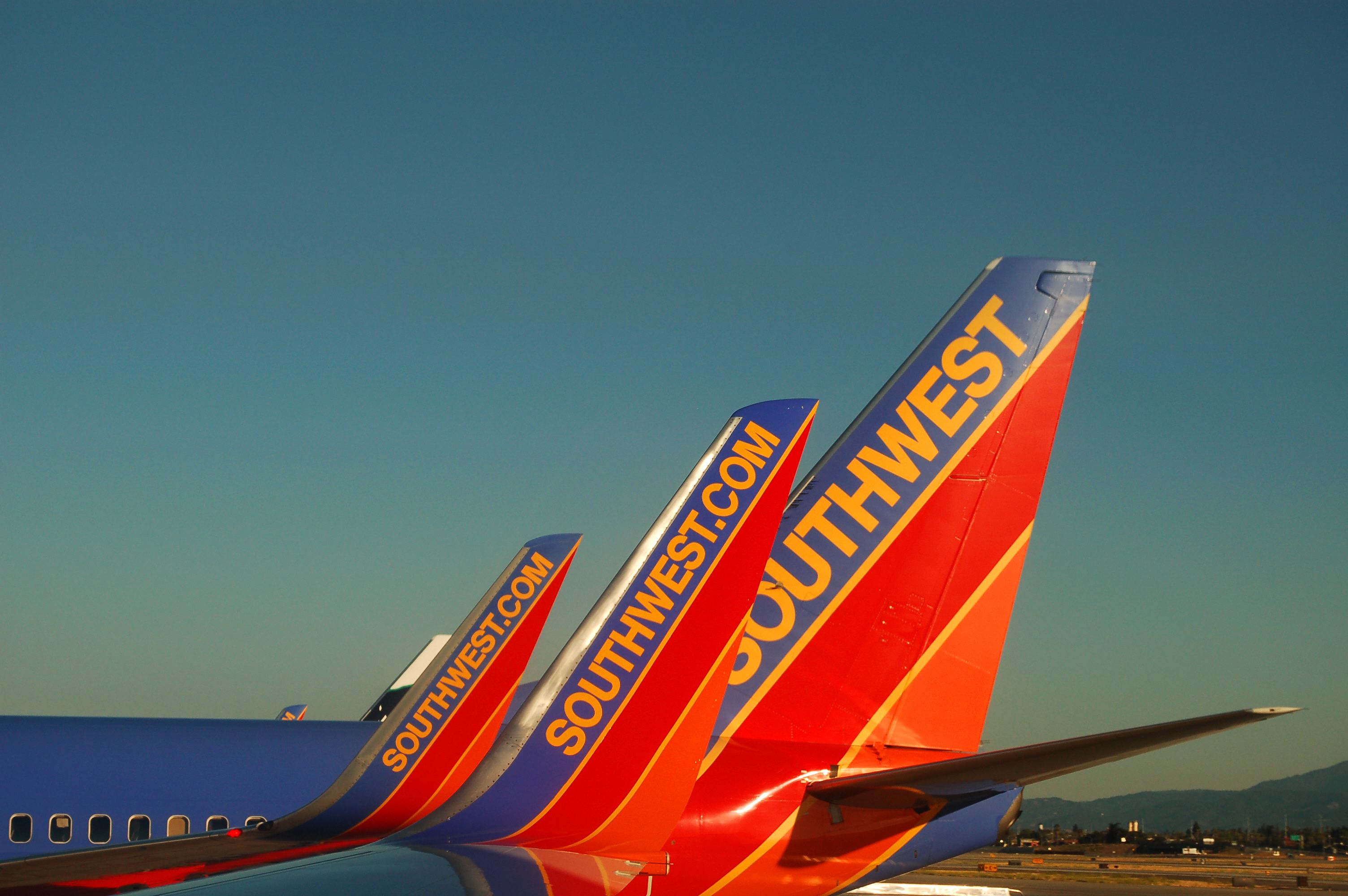
.jpg)